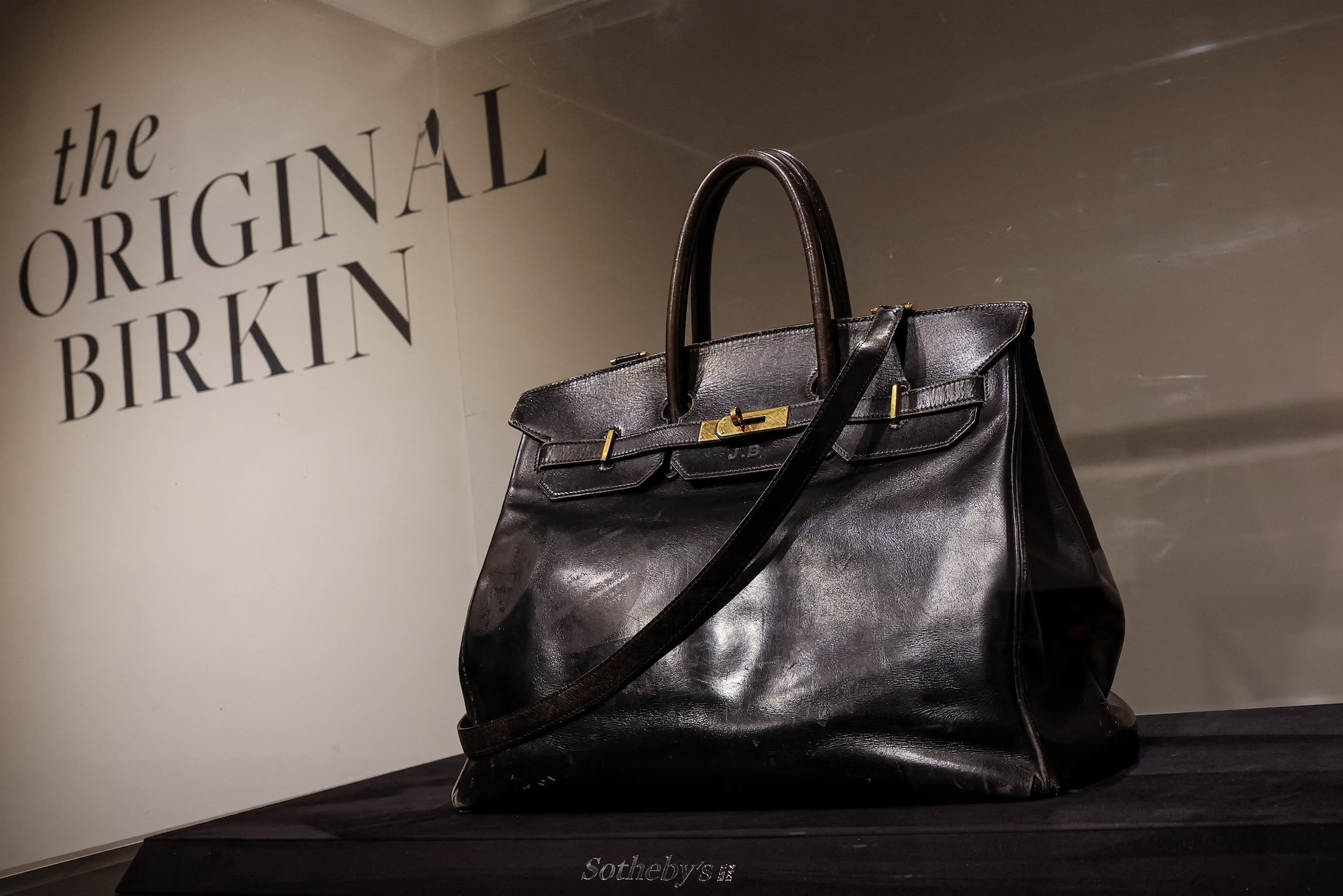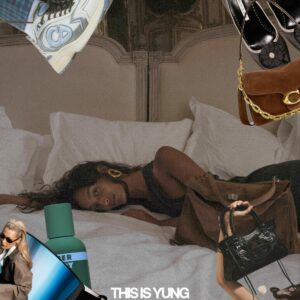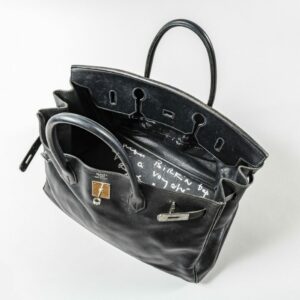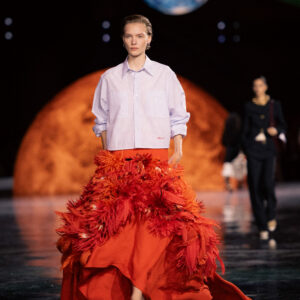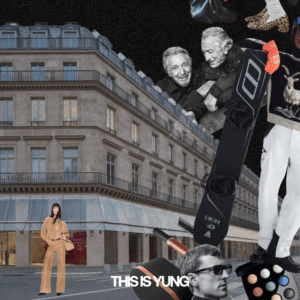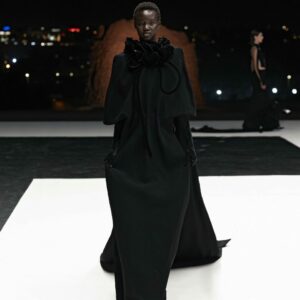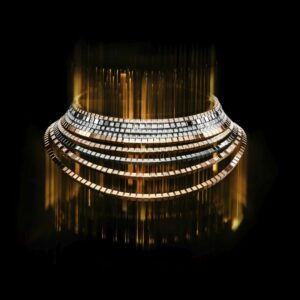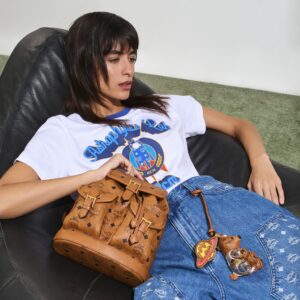It began, as these things often do, at thirty thousand feet. In 1984, Jane Birkin, the British-French chanteuse of tousled hair, bare feet, and unstudied elegance, spilt the contents of her straw bag on an Air France flight. Seated next to Jean-Louis Dumas, then creative director of Hermès, she lamented the impossibility of finding a bag chic enough for Paris and capacious enough for motherhood. He sketched on the back of an airsickness bag. The rest, as they say, is myth.
Now, forty years later, the very first Birkin – the prototype of prototypes – is up for sale at Sotheby’s, complete with hand-scribbled notes by Dumas and a slightly battered charm that suggests it has lived. And one cannot help but wonder, what would Jane think?
For starters, she would likely raise an eyebrow at the idea of her namesake being archived like a masterpiece. “What’s the use of having a second one?” she once asked. “You only need one, and that busts your arm; they’re bloody heavy.” For Birkin, the bag was a thing to be worn in, the ultimate high-low contradiction. Hers were often covered in stickers, political badges and the patina of everyday life. She treated perhaps the most desirable bag in the world like a basket for the market or a perch for her dog. That was the point.

But the world had other plans. Over the decades, the Birkin mutated from a functional design into an emblem of exclusivity. Waiting lists stretched into years, a shadow economy of pre-loved sales bloomed, and even those who secured one were often hesitant to use it, let alone scuff it. It became an artefact, not an accessory. A financial asset. A symbol.
Which brings us back to Sotheby’s. The original Birkin now sits under plexiglass, poised to fetch a sum Jane would likely find absurd. The auction house has not publicly disclosed an estimate, offering that figure only to potential bidders, though insiders expect it could surpass all previous handbag records, possibly soaring into seven-figure territory.
It is not just the first of its kind, it is a relic of a moment before the Birkin became the Birkin. There is something poetic, and perversely ironic, about the fact that the only Birkin truly touched by Jane’s spirit – imperfect, useful, utterly unprecious – is the one that now carries the most prestige.
What is less known is that Jane herself put this very bag up for auction back in 1994, donating it to a charity sale in Paris for Association Solidarité Sida. It was sold again in 2000 to a vintage collector, and now once more, its third public passing of the gavel.
In a culture obsessed with preservation, the Birkin’s journey says as much about us as it does about luxury. We enshrine the objects of rebellion. We canonise accidents. We auction intimacy.
Would Jane approve? Perhaps not. But she might find it all slightly ridiculous. And perhaps a little funny. She never wanted a monument. She wanted something she could use, ideally without ending up in surgery. “They’re bloody heavy.” That feels like the most honest review of all.
At Sotheby’s, the Birkin is up for sale again, marked by provenance few pieces could ever claim. But what is truly on the block is a piece of fashion history and the ghost of a woman who never wanted to be anyone’s muse.
For more stories of international and local fashion, visit our dedicated archives and stay across our Instagram.
